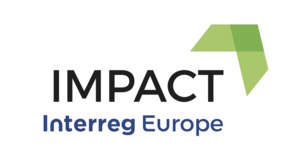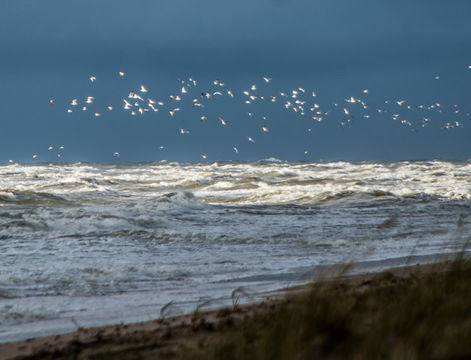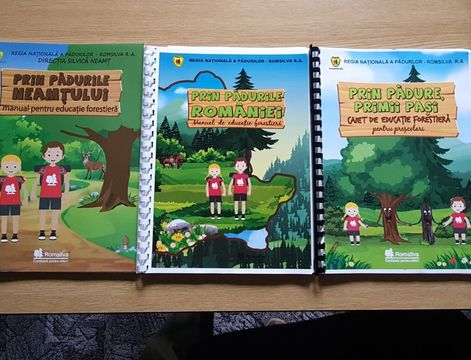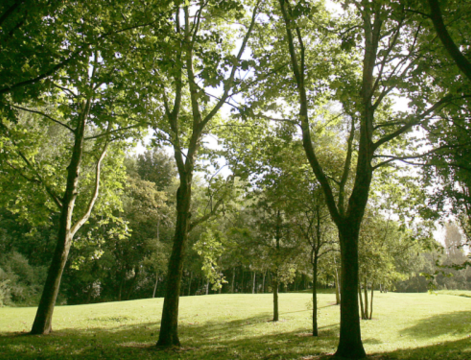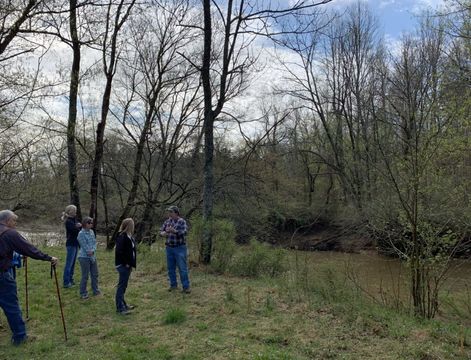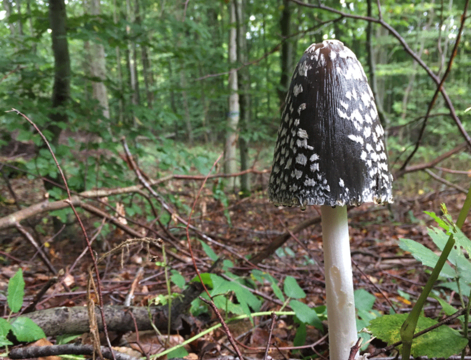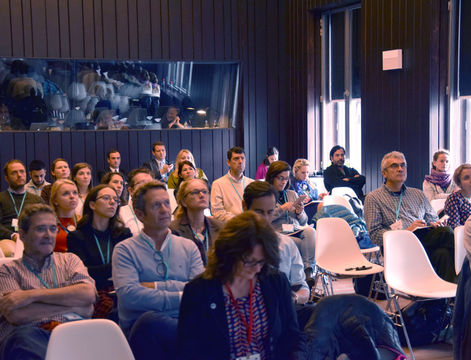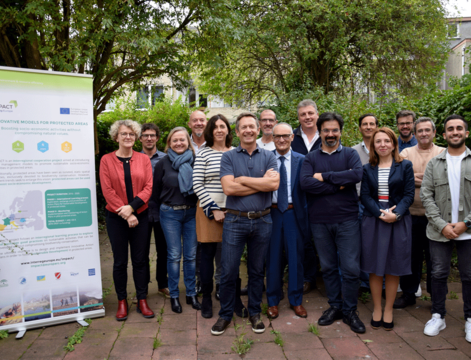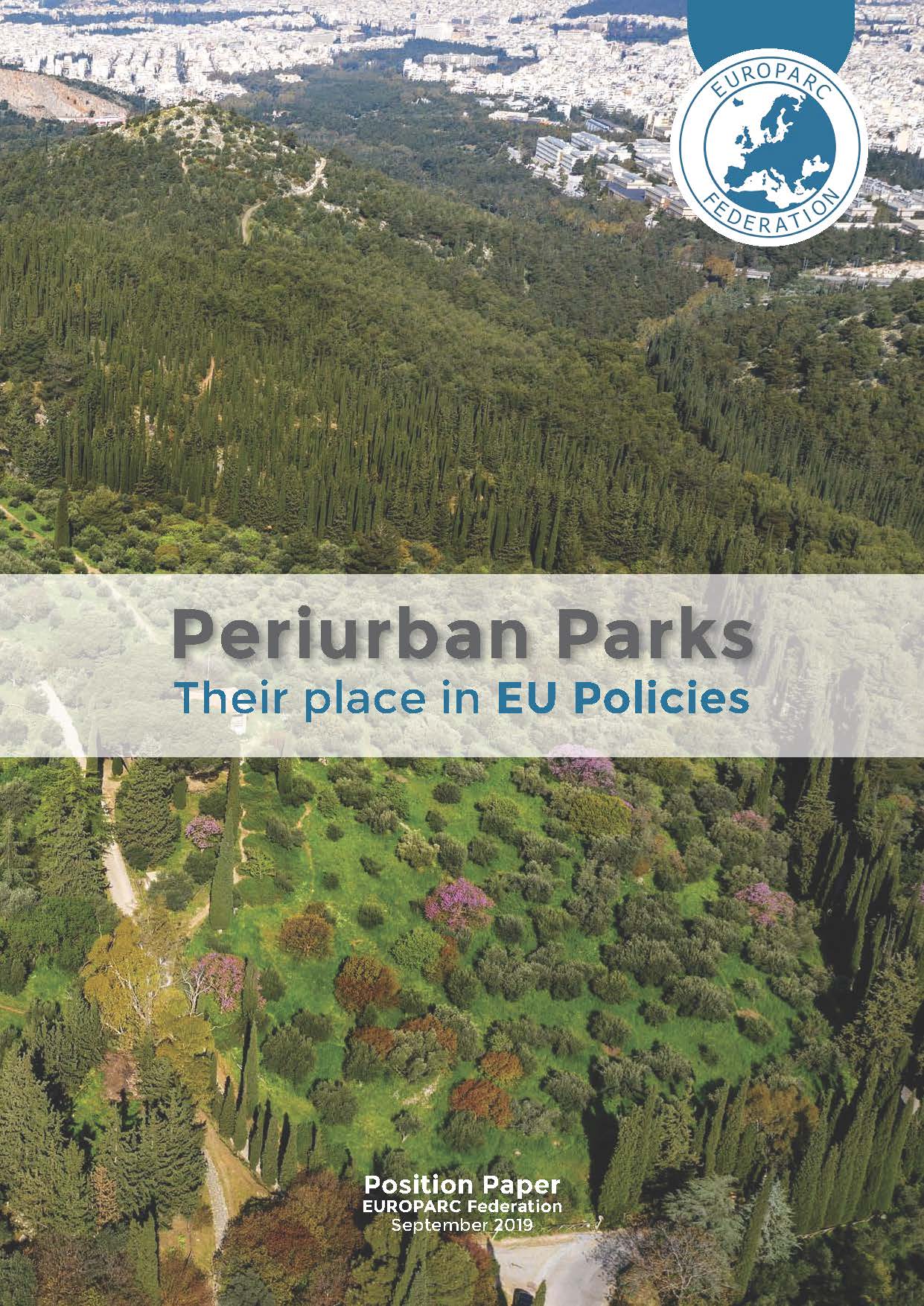Haţeg UNESCO Global Geopark
Located in the southern region of Transylvania, Romania, Haţeg UNESCO Global Geopark was established in 2004. Its designation was done from the necessity to protect and to raise awareness on unique archaeological values that have made this region famous worldwide: the “dwarf dinosaurs of Transylvania”.
The remains of more than ten extinct species of dinosaurs that populated this region of Europe 65 million years ago have been found in fluvial and lake deposits, from eggs to well preserved skeletons of adult individuals. Likewise, the area is famous for its historical and cultural sites that contain ruins of ancient civilizations, churches, fortresses and castles. The Geopark embraces 11 municipalities with 38,500 people living within its boundaries.
All the natural, historical and cultural sites of Haţeg are integrated in the management plan of the Geopark, and within the activities promoted we can find education, land planning, nature conservation and research. Furthermore, geo-trails, small museums and several visitors centres have been created together with local communities in an effort to promote its geological heritage and foster the economic development of this rural area.
The House of Volcanoes
The House of Volcanoes brings us an example of one of the most successful projects carried out since the creation of Haţeg UNESCO Global Geopark. This interpretation centre was built with the participation of the local community in order to raise awareness on the geological values that are present in this site. In this short video interview produced in the framework of IMPACT Interreg Europe project, Cristian Ciobanu, Geopark Finances & Heritage Administrator from the University of Bucharest, explains the importance that a project of this kind has for the local community.

See the House of Volcanoes video
For the creation of the House of Volcanoes, the establishment of the NGO “Drag de Hațeg” and the joint forces of volunteers to build the structure were needed. Nowadays, the House of Volcanoes is an important asset for the local community. On one hand, it is a source of economic revenue and a cornerstone for the community in which educational and cultural activities are carried out. On the other hand, this project has allowed youngsters to travel and share their experience with other Geoparks around the world, opening new opportunities for this rural region of Romania.
